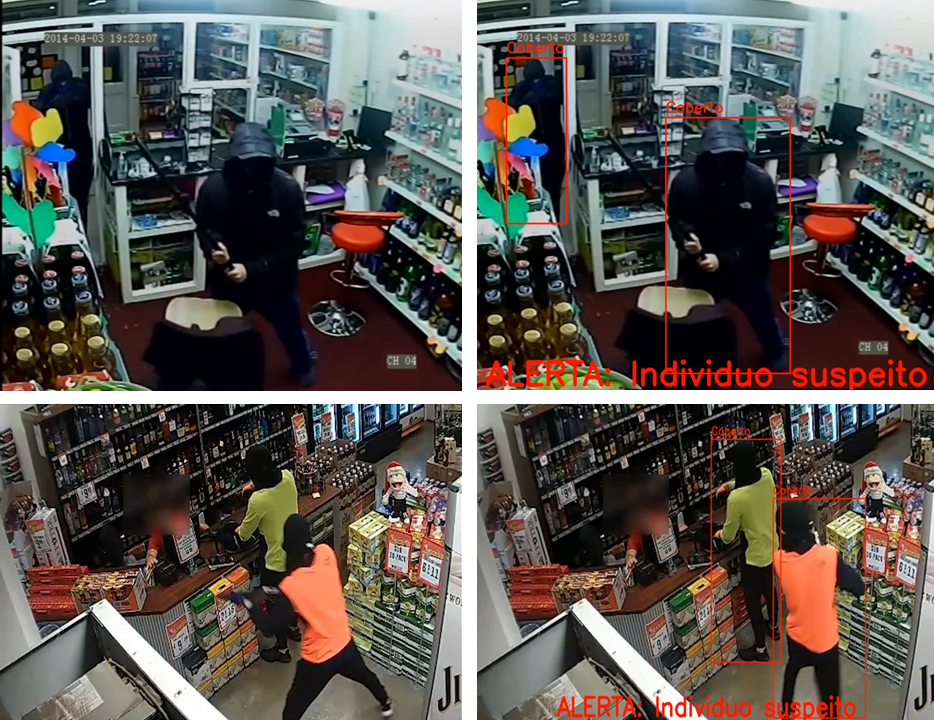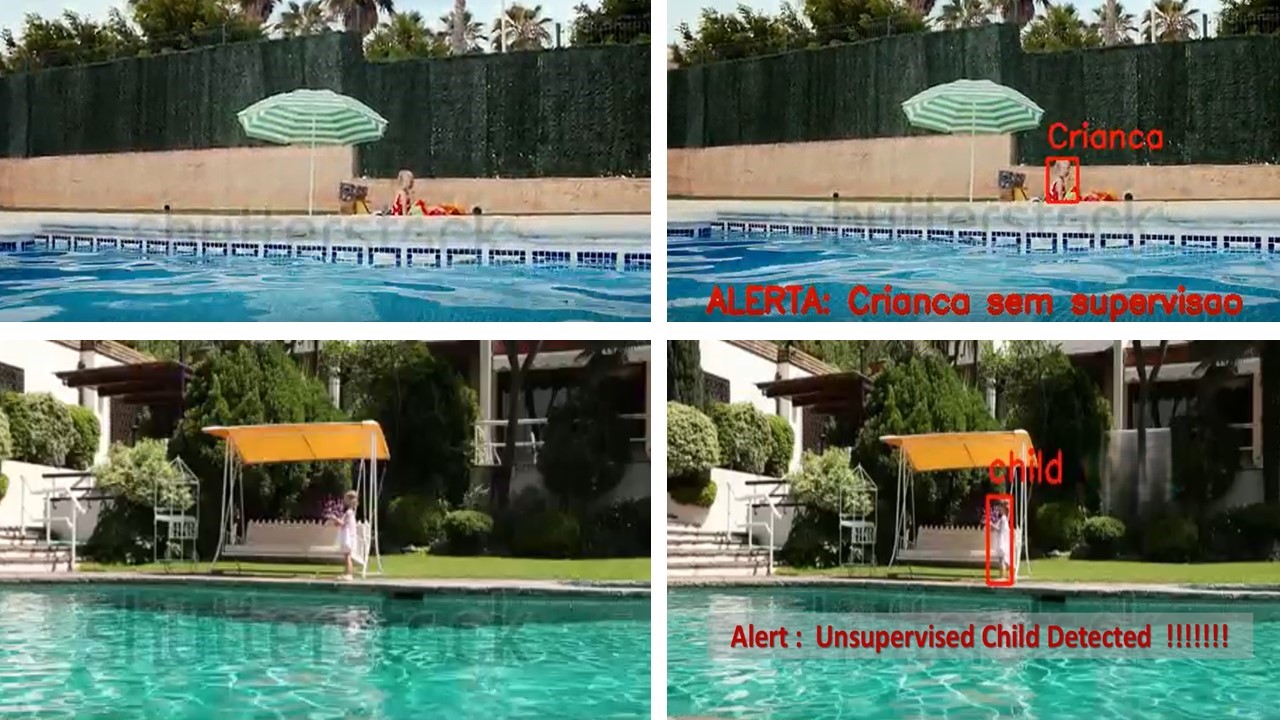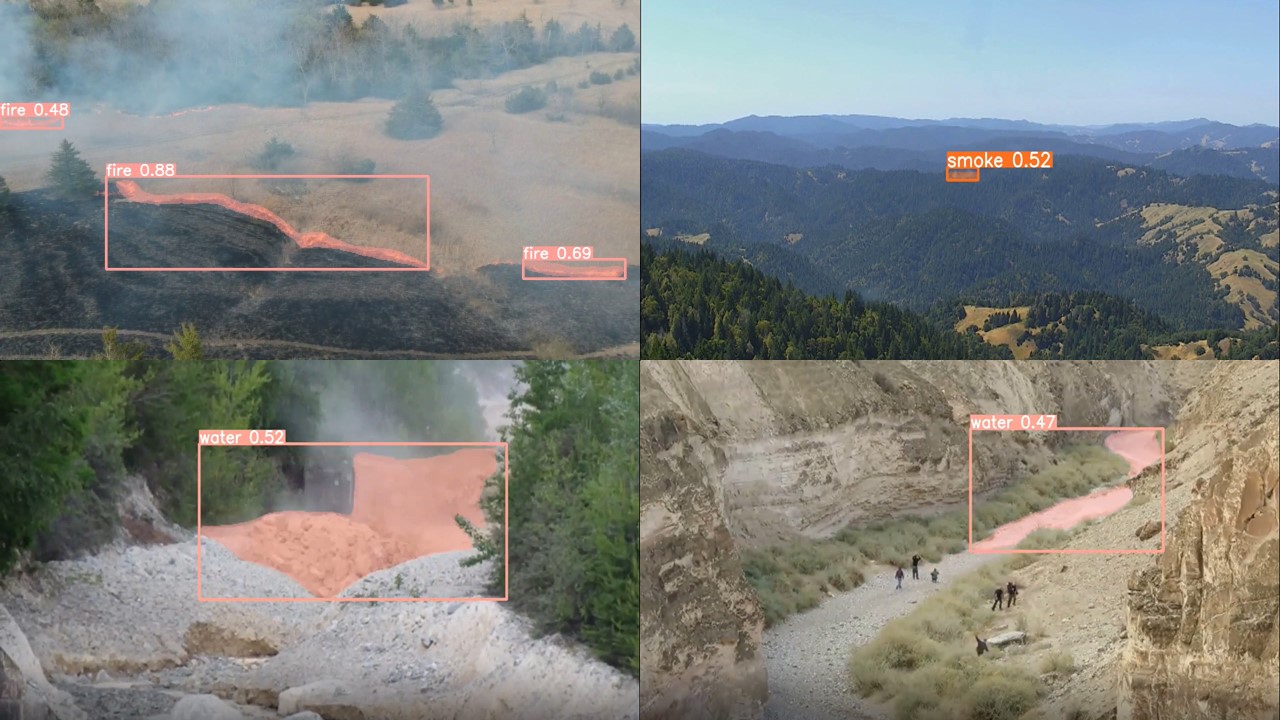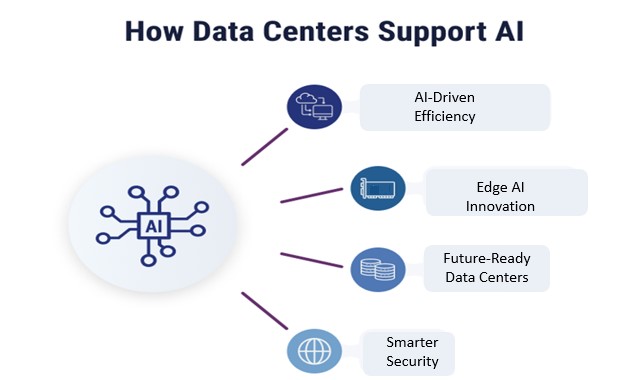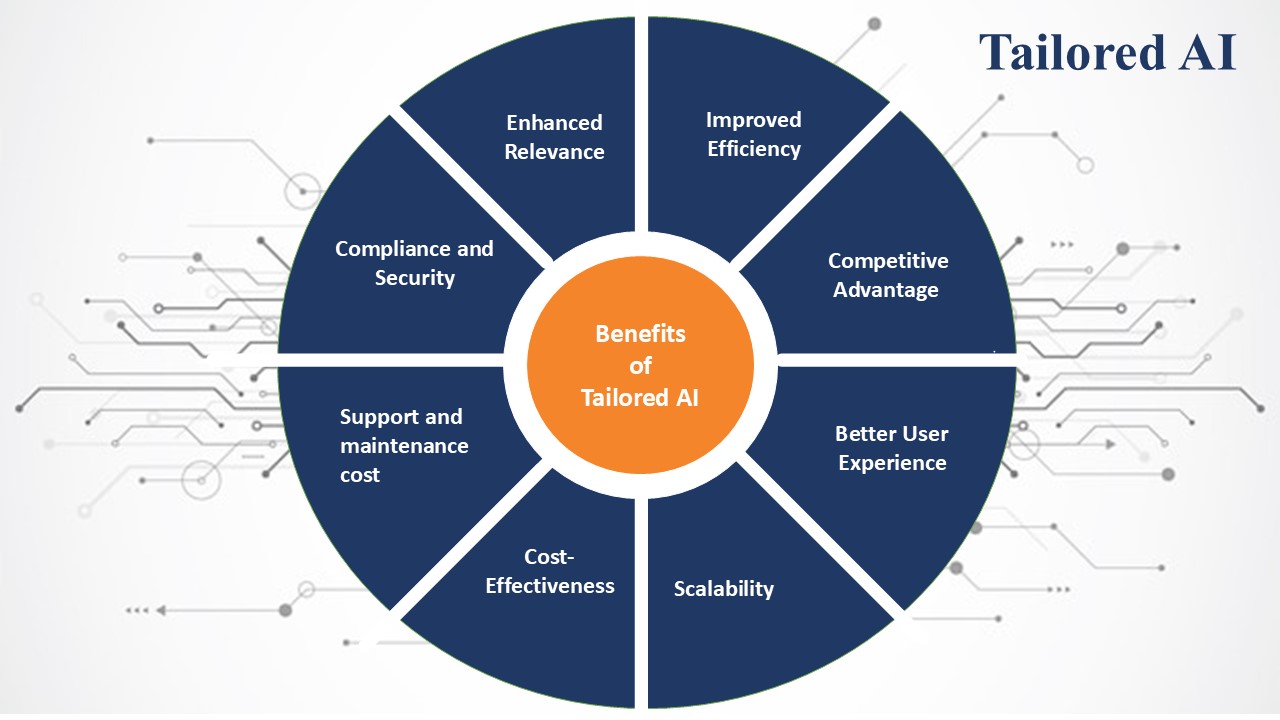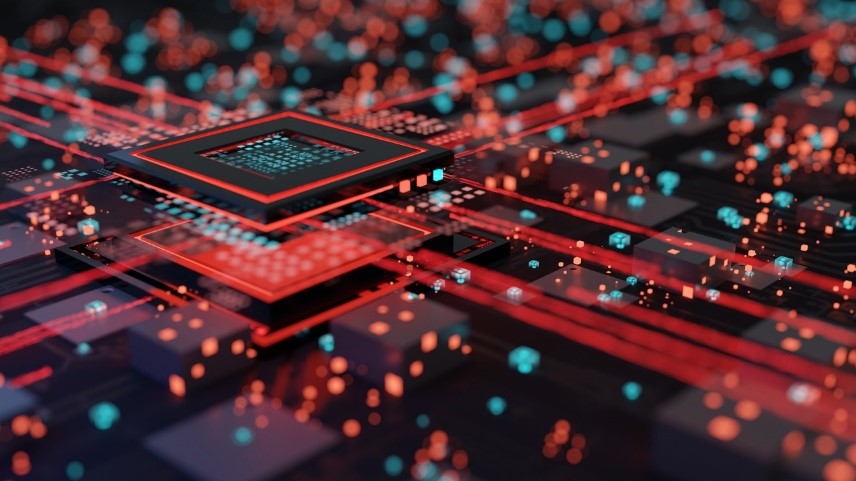
- 25-06-2025
- Artificial Intelligence
At AiTecServ, we don’t just follow innovation we take the latest research and make it work in the real world.
Computer vision is undergoing a transformation. What began as a way to detect faces or identify objects in static images is rapidly becoming a system capable of understanding space, depth, and context. The frontier of AI is no longer just about recognizing what is in a frame—but why it matters and what might happen next.
At the heart of this shift is a new class of models known as Visual Transformers—particularly the emerging Visual Geometry Transformer (VGGT). Built on the architecture that once revolutionized language processing, these models are now redefining how machines perceive the physical world.
From Recognition to Real Understanding
Conventional vision models have done a great job identifying objects: cars, people, animals, machinery. But they’ve struggled with understanding relationships between those objects. For example, a traditional system may detect a ladder on a floor, but it won’t understand that someone is likely to climb it—or that it’s in a hazardous position.
Visual Transformers change that. Models like VGGT are capable of learning how objects interact, how they move in 3D space, and how context changes meaning. This isn’t just object detection—it’s scene comprehension.
The implications are enormous:
• Robots can navigate unpredictable environments more safely.
• Surveillance systems can be improved to anticipate threats before they escalate .
• Infrastructure monitoring tools can detect subtle structural changes over time.
• Smart cities can respond faster to incidents, based on real-time scene understanding.
Practical, Scalable, and Already in Use
What’s especially exciting is that these models are designed to work with regular optical cameras—not expensive LiDAR or thermal setups. That makes them scalable and practical across industries like manufacturing, logistics, public safety, and urban planning.
Edge-based deployment is also becoming more common, meaning these intelligent systems can now operate directly on-site, with low latency and no reliance on cloud processing. As a result, response times improve, costs drop, and privacy is easier to manage.
A Future That Sees Clearly
This new wave of computer vision is all about clarity—not just visually, but conceptually. Machines are learning not only to see the world but to understand it like humans do—with attention to movement, context, and consequence.
It’s a step forward that brings AI even closer to the environments we live and work in, making them safer, faster, and more adaptive than ever before.
At AiTecServ, We Make It Real
At AiTecServ, we don’t just follow innovation—we turn it into action. From intelligent safety systems to context-aware vision platforms, we take the latest research and make it work in the real world.
Because we believe technology should be understood, trusted, and tested—not just talked about.
And if you’ve worked with AiTecServ, you already know:
We make only true things.

